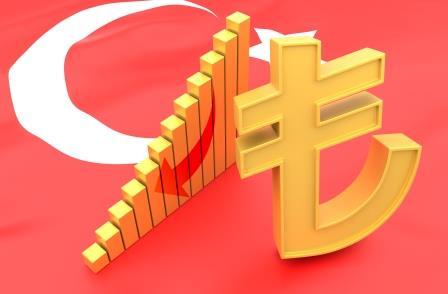
By Dr. V. K. Vijayakumar
Turkish delight and Turkish bath are world famous Turkish symbols that made Turkey proud. But in mid-August the Turkish currency Lira was bathed in red and proved to be delightful to short sellers in the currency. Lira crashed by 20 percent in August alone, taking the 2018 depreciation in value to more than 50 percent. Lira crashed to a record low of 6.9 to the dollar on August 13th from 3.7 to the dollar in early January. Foreign investors sold Turkish debt, which aggravated the crisis. Other Emerging Market currencies including INR were impacted. EM stock markets also were temporarily impacted by the crisis. Rating agencies Standard & Poor and Moody’s downgraded Turkish credit rating to junk grade. Nobel laureate economist Paul Krugman described the crisis as “a classic currency and debt crisis, of a kind we have seen many times”.
Even though there is a geopolitical dimension to the crisis involving the arrest of a US pastor by Turkey and its refusal to release him, economists have dubbed this Turkish crisis as a homegrown crisis. Economists have been consistently warning governments that if fiscal deficit, current account deficit and inflation exceed acceptable levels, that will create macro instability leading to financial and economic crisis. Crisis in big economies can unleash financial contagion with consequences on other markets and economies. Unfortunately, good economics is bad politics and ‘good politics’ can turn out to be very bad economics. Politicians, succumbing to populism, often ignore the principles of sound economics. Turkey proved to be a classic case. Unsustainable current account deficit and ballooning foreign debt had all the makings of an imminent disaster. CAD of 5.6 percent, inflation of around 16 percent and very high ratio of external debt to forex reserves created the perfect setting for capital flight. President Erdogan interfered with the autonomy of the central bank constraining its ability to raise interest rates to prevent capital flight. He even went to the extent of describing interest rate hikes as “treason”. Markets lost confidence and investors voted with their feet, fleeing with capital.
The roots of the crisis can be traced to Quantitative Easing, the ultra-loose monetary policy implemented by the leading global central banks led by the Fed, following the Global Financial Crisis of 2008 and the Great Recession that followed. The availability of cheap credit came as a boon to countries with high current account deficit and appetite for foreign debt. Turkey with high current account deficit found the very low interest rates temptingly attractive and borrowed heavily. Turkish corporates went on a borrowing spree. With foreign debt of $ 320 billion and forex reserves of only $74 billion Turkey became vulnerable to capital flight. Sensing trouble Turkish businessmen moved money out earlier than foreigners. Falling currency contributed to the panic. Strengthening dollar and Trump Tariffs made matters worse. The classic currency and debt crisis played out.
The important question is whether Turkey’s problems will spill over to the rest of Europe and impact EM currencies and stock markets. If the crash in Lira leads to default by Turkish corporates, European banks, particularly Spanish and Italian ones, will be impacted. Presently, this appears as a localized issue with low contagion potential. But if Lira goes for a free fall, it might lead to default by Turkish corporates, impacting European lenders. In such an eventuality there is risk of a financial contagion. The long-term solution to the problem is orthodox economic policies aimed at achieving macro stability and central bank independence that can instill confidence in markets. Will President Erdogan rise to the occasion? Let us wait and watch.








